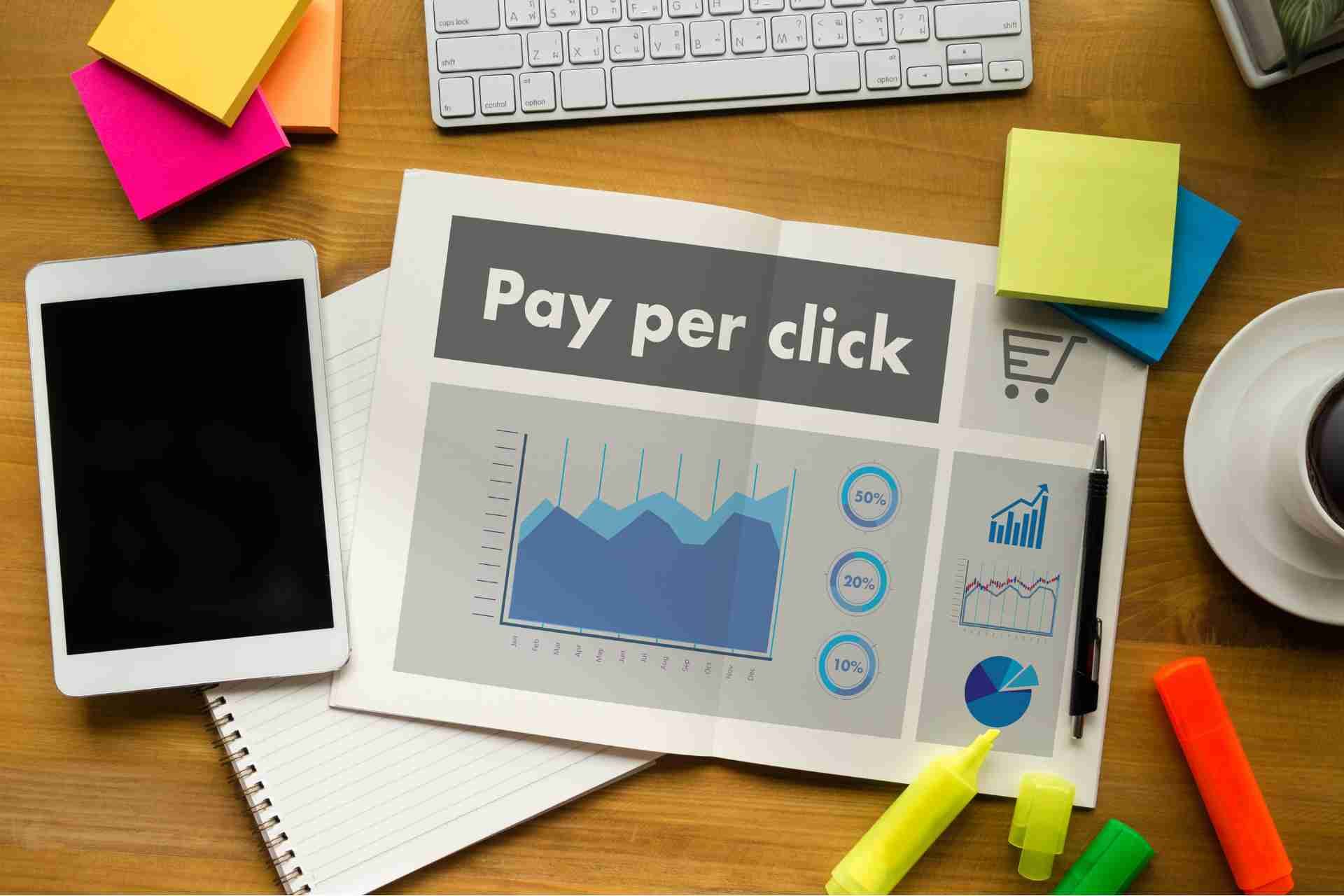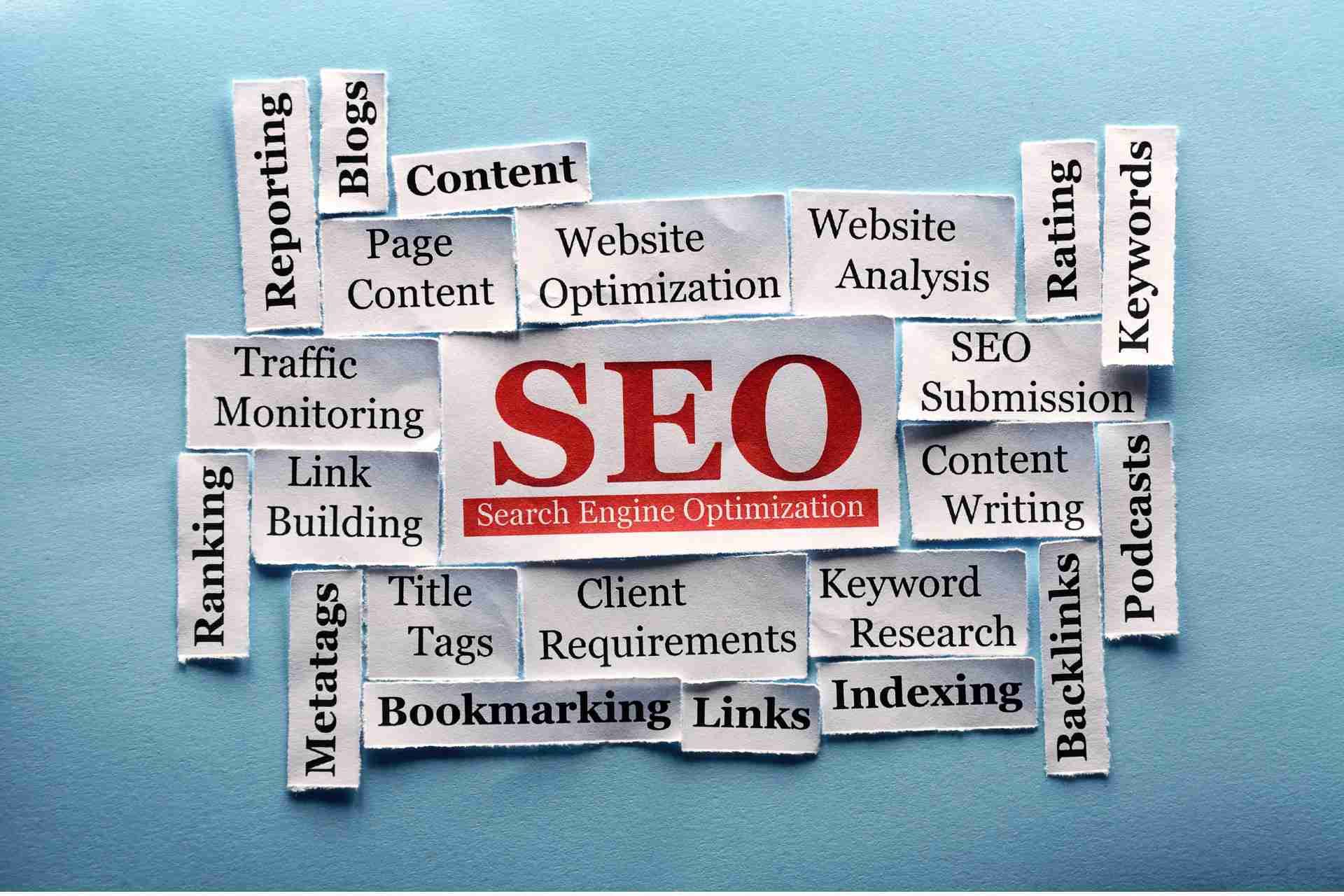How Effective is Pay Per Click Advertising?
When it comes to driving traffic and generating quick results, pay-per-click advertising can be a game-changer for your business. It offers precise targeting and the ability to reach your audience almost instantly. However, it’s not just about launching a campaign and sitting back. Understanding the nuances of PPC is crucial for maximizing your investment. What are the key strategies you should consider to ensure your efforts pay off?
Understanding Pay-Per-Click Advertising
When you dive into Pay-Per-Click (PPC) advertising, you’re stepping into a powerful marketing strategy that lets you reach potential customers quickly.
PPC involves placing ads on search engines and other platforms, where you only pay when someone clicks on your ad. This model makes it budget-friendly, as you control how much you spend.
You'll select relevant keywords that trigger your ads, ensuring they appear to users searching for related products or services. Understanding your target audience is crucial, as you’ll want to tailor your messages to resonate with them.
Additionally, monitoring your campaigns allows you to optimize performance, adjusting bids and keywords as needed. This hands-on approach helps maximize your advertising efforts and ROI.
Key Benefits of PPC Campaigns
PPC campaigns offer several key benefits that make them an attractive option for businesses looking to enhance their online presence.
First, you can achieve immediate results; your ads can start driving traffic as soon as they’re live. This quick visibility helps you reach potential customers faster than traditional marketing methods.
Second, PPC allows precise targeting; you can tailor your ads to specific demographics, locations, and interests, ensuring your message reaches the right audience.
Additionally, you gain valuable insights through analytics, helping you refine your strategies and maximize ROI.
Finally, you maintain control over your budget; you can set daily limits and only pay when users click on your ads, making it a cost-effective solution for businesses of all sizes.
Common Challenges and Misconceptions
While many businesses recognize the potential of pay-per-click advertising, several common challenges and misconceptions can hinder their success.
One major misconception is that PPC guarantees instant results. In reality, it often takes time to optimize campaigns for maximum effectiveness.
You might also think that a larger budget always leads to better performance, but without strategic targeting, you could waste money on irrelevant clicks.
Additionally, some believe that PPC is a “set it and forget it” solution, when ongoing management is crucial for success.
Lastly, there's a misconception that PPC only benefits larger companies. In truth, small businesses can thrive with well-planned PPC strategies, too.
Understanding these challenges can help you navigate the PPC landscape more effectively.
Best Practices for Successful PPC Strategies
Understanding the common challenges and misconceptions surrounding pay-per-click advertising lays the groundwork for implementing effective strategies.
Start by defining clear goals for your campaigns, whether it’s increasing sales, generating leads, or boosting brand awareness. Use targeted keywords that resonate with your audience, ensuring they’re relevant and specific.
Craft compelling ad copy that highlights unique selling points and includes strong calls to action. Regularly monitor and adjust your bids to maximize return on investment.
Utilize A/B testing to refine your ads and landing pages, and don’t forget to leverage negative keywords to filter out irrelevant traffic.
Consistently analyze your campaign performance, making data-driven decisions to enhance your strategies over time. These practices will help you achieve the best results with PPC.
Measuring the Effectiveness of PPC Advertising
Measuring the effectiveness of your pay-per-click advertising campaigns is crucial for optimizing your marketing efforts.
Start by tracking key performance indicators (KPIs) like click-through rates (CTR), conversion rates, and return on ad spend (ROAS). Use analytics tools to gather data and assess which keywords and ads perform best.
A/B testing can help you refine your messaging and landing pages for better results. Don’t just focus on immediate sales; consider customer lifetime value and engagement as well.
Regularly review your campaign performance, adjusting bids and budgets based on what’s working. By staying proactive in measurement and analysis, you’ll maximize your PPC impact, ensuring that every dollar spent contributes to your overall business goals.
Conclusion
In conclusion, PPC advertising can be a powerful tool for driving traffic and boosting sales when done right. By understanding its benefits, addressing common challenges, and following best practices, you can maximize your ROI. Remember to continually measure your campaign's effectiveness and make adjustments as needed. With the right strategy, you can ensure your ads resonate with the right audience and deliver the results you want. So, get started and watch your business grow!







